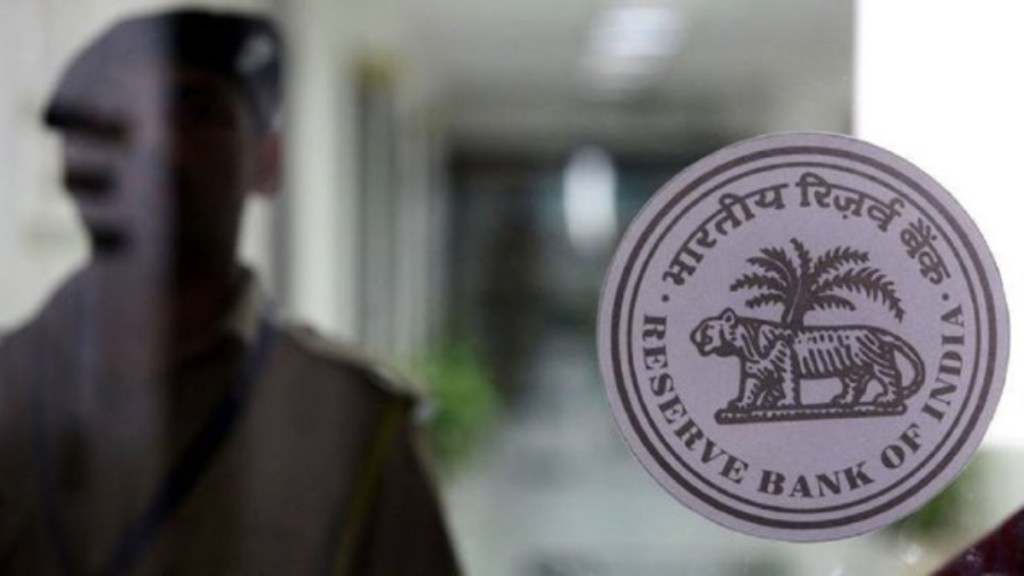The regulatory framework must be redefined in such a manner that it supports innovation, Reserve Bank of India (RBI) deputy governor Rajeshwar Rao said in a speech on Thursday.
“The innovations and collaborations need to be well thought out, risks properly analysed and mitigation plans must be put in place before offering them to customers,” he said at an event organised by Federation of Indian Chambers of Commerce and Industry and the Indian Banking Association.
In his speech, Rao shed light on some of the changes that the banking industry may undergo in the coming decade.
To begin with, the banks will transition to an ecosystem approach from a sectoral one, wherein they will provide a wide range of services in addition to core banking.
“With Banking-as-a-Service (BaaS) model making steady and silent inroads, the banks have to operate as a part of the larger ecosystem with good number and varieties of non-bank players in the mix,” Rao said, adding that a lot of these transformations are already becoming visible.
Secondly, Rao feels that banking will become “hyper personalised” in the coming decade, wherein it will be embedded in all products and services that are availed by customers. Essentially, this will mark a shift away from “isolated service provisions”.
Thirdly, loan products will be specifically designed to cater to homogeneous customer groups like MSMEs, women, senior citizens and millennials. Hence, the core strength of the successful banks would be customer segment specific, Rao said.
Currently, the balance sheet of banks is segregated into loans on the asset side and deposits on the liability side. Rao feels that this may see a transformation in the days to come.
“It is possible that customer preferences in future may shift from the passive saving products like a fixed deposit to more esoteric and market-linked investment products,” he said, adding that alternate avenues will compete to tap the depositors’ money on account of better returns and a finance super app to meet all financial needs may become the norm.
In such a scenario, both banks and RBI would have to refocus priorities from a risk management perspective.
While RBI may have to relook at the risk management frameworks for liquidity and market risk, active monitoring of deposit concentration and diversification of funding sources may become key for banks.
At a time when customers are facing a greater threat from technology-induced frauds like fraudulent apps, breach of privacy and deepfakes, the banking industry must focus on fortifying cyber security and prevention of cyber frauds in the hyper-personalised and tech-banking environment.
Rao said that a key element of protecting customers is to provide them an efficient, prompt and cost effective grievance redressal mechanism.
“We definitely wish to see more serious thought and intent emerging from the boards and top executives on quality of grievance redressal instead of just monitoring TAT and MIS on complaints,” he said.
Additionally, the boards must ensure that their access points – branches, websites and apps are user-friendly and convenient for the customers with special needs.


